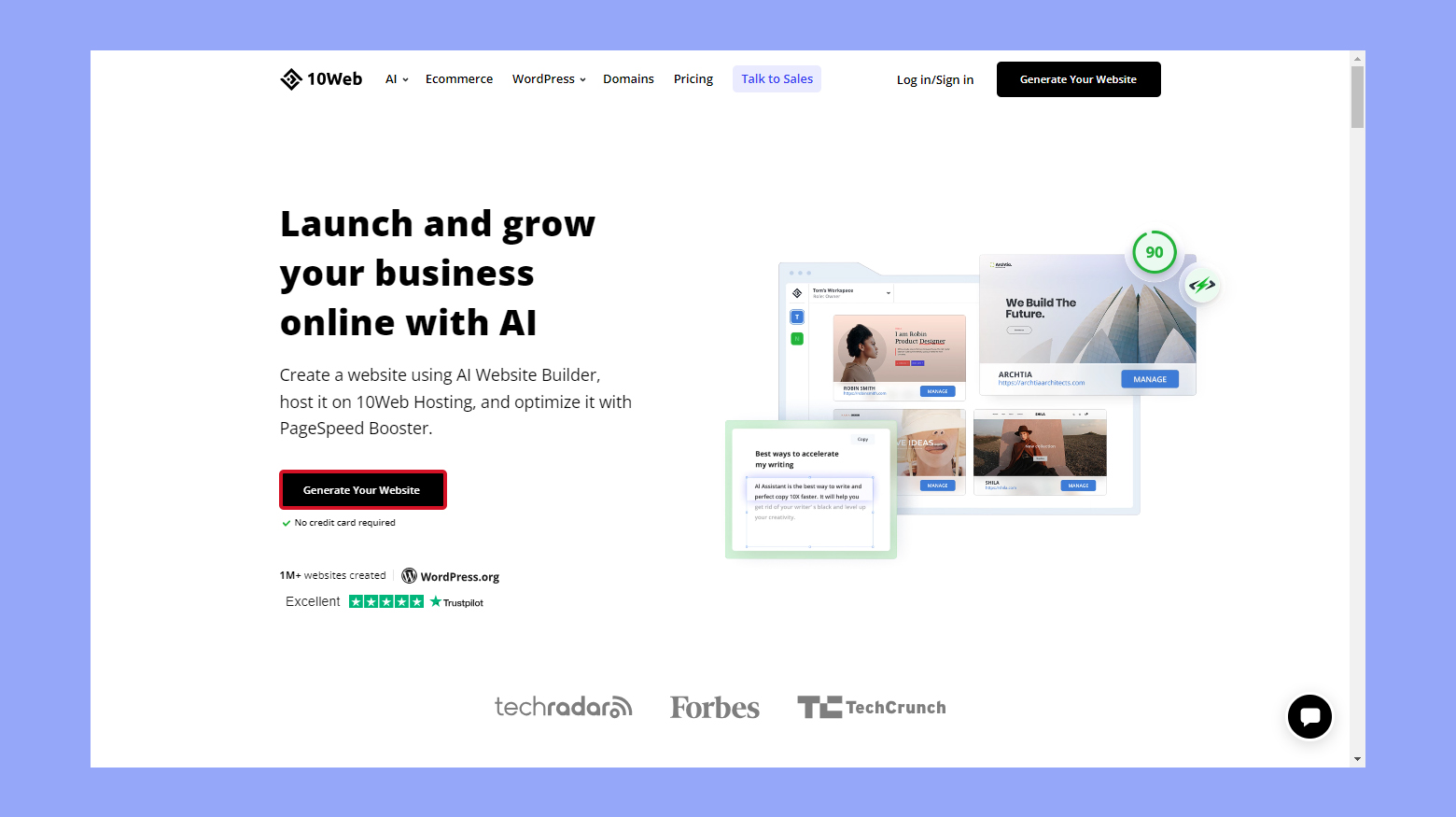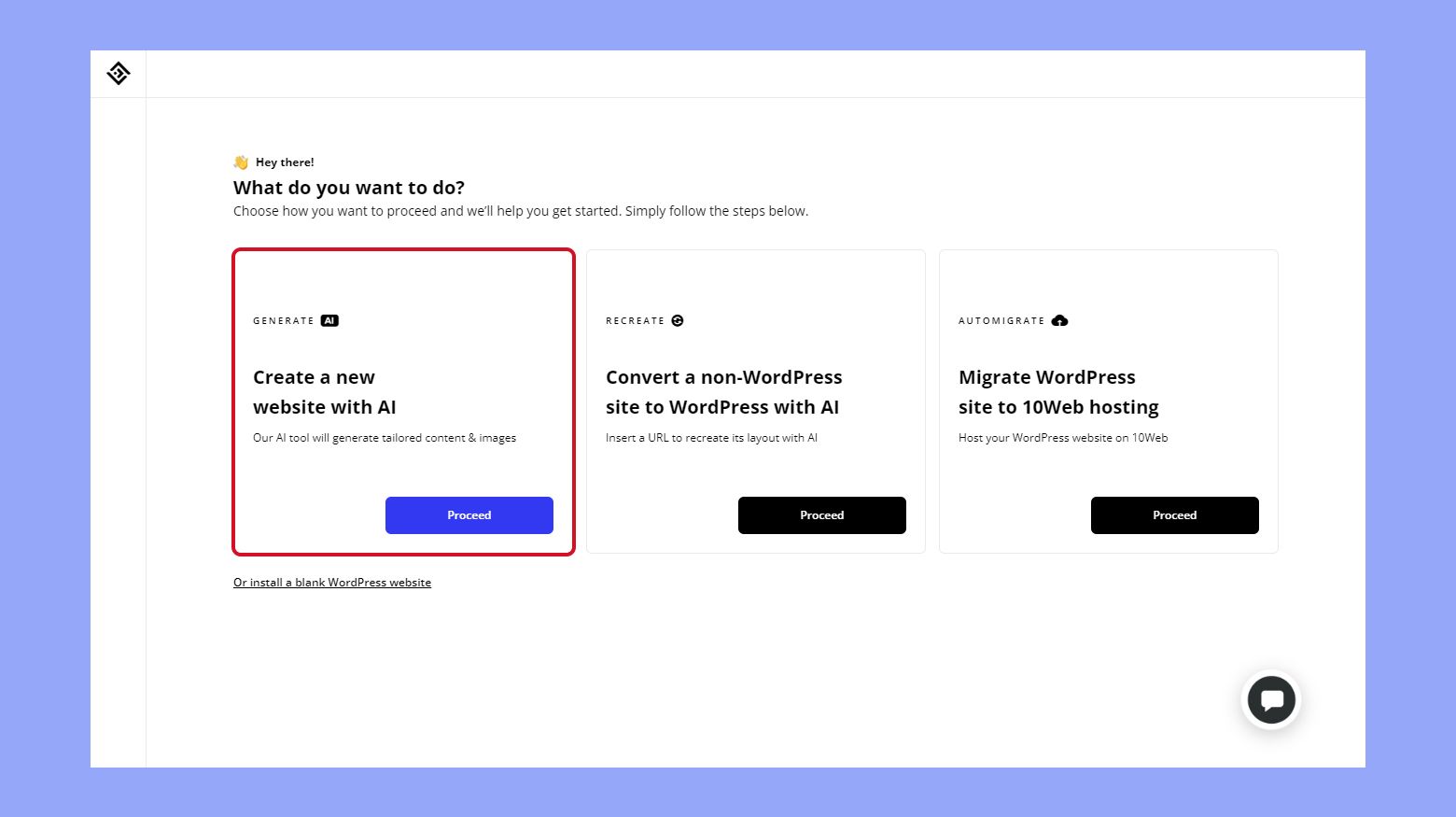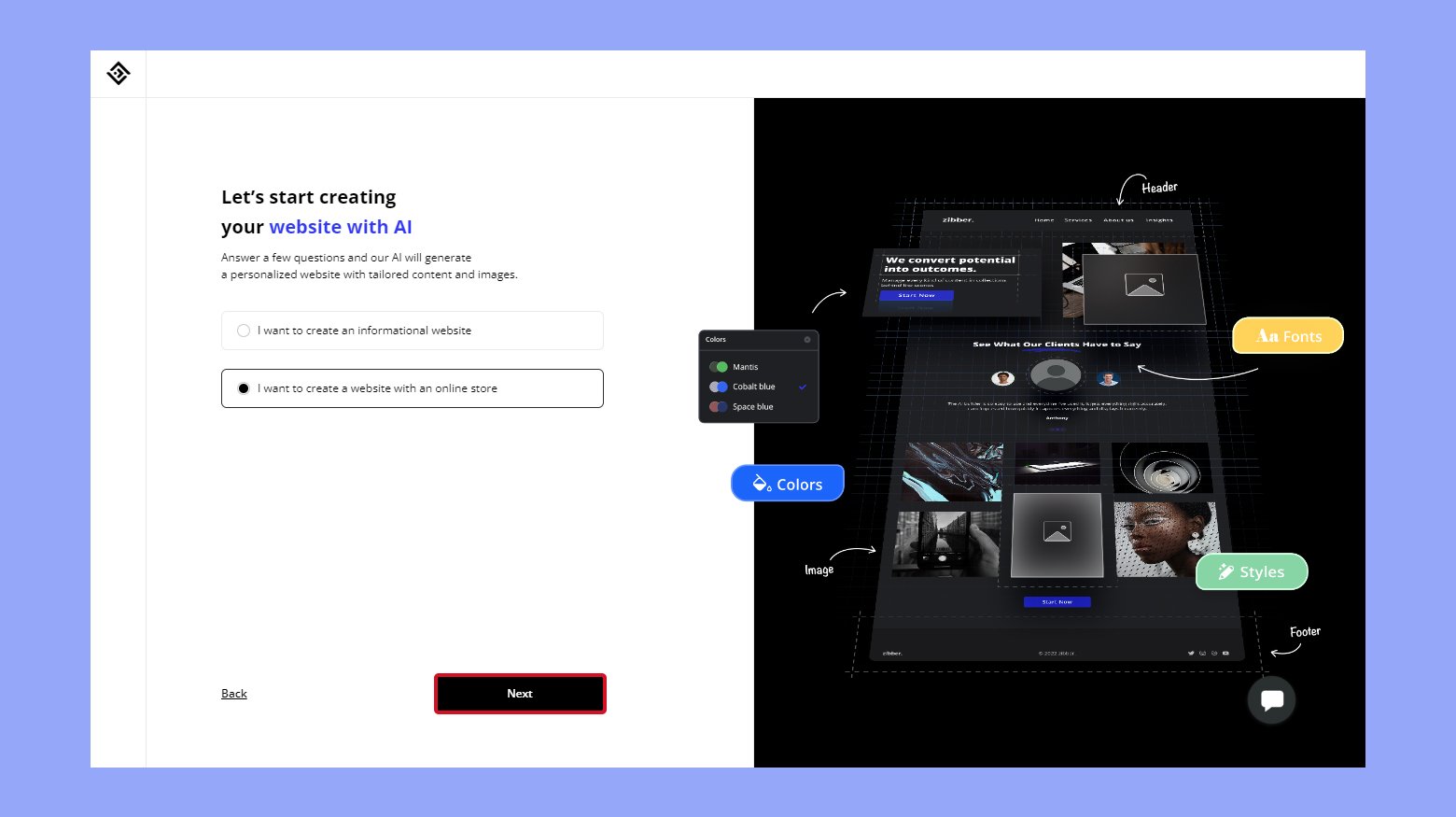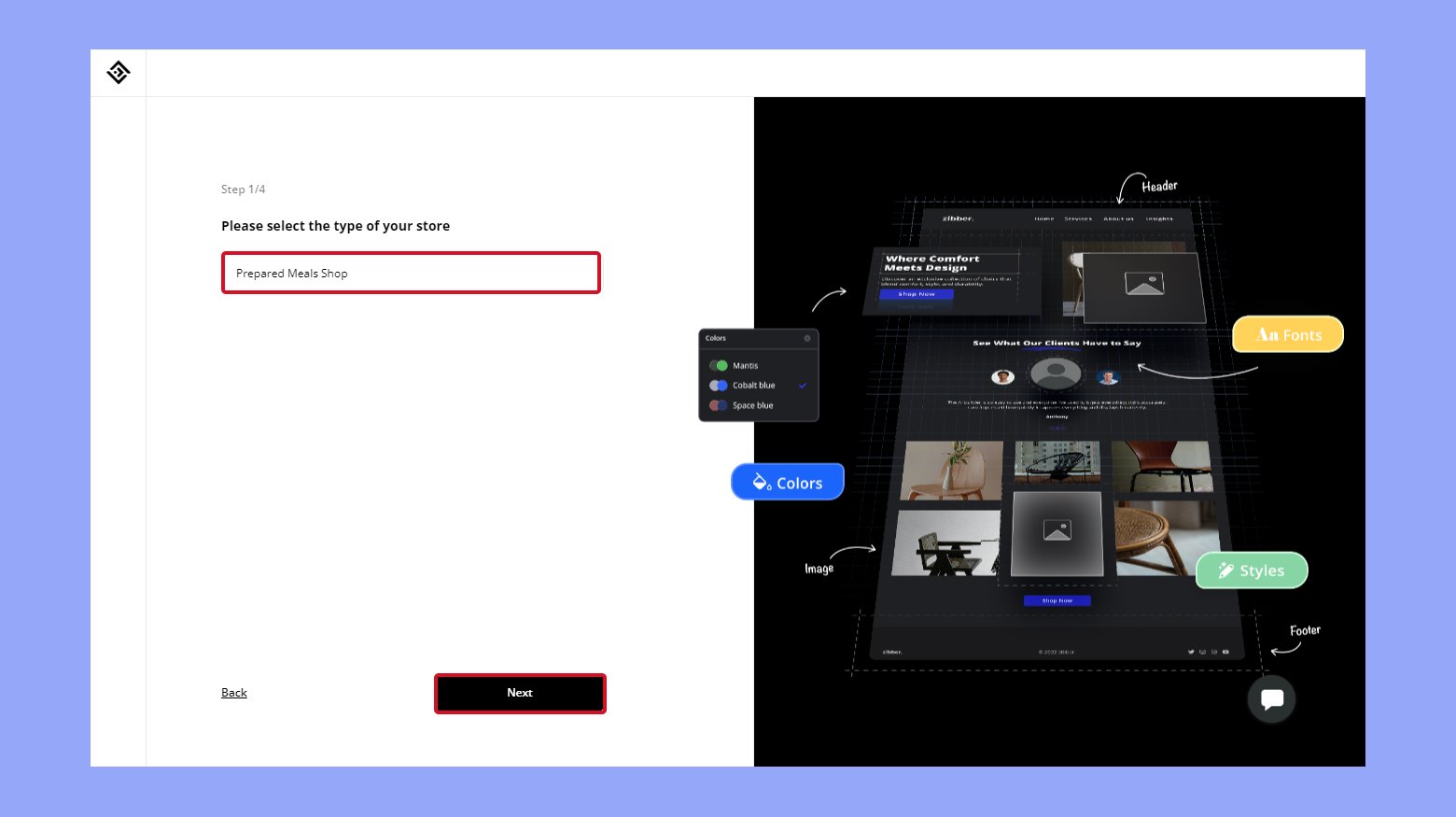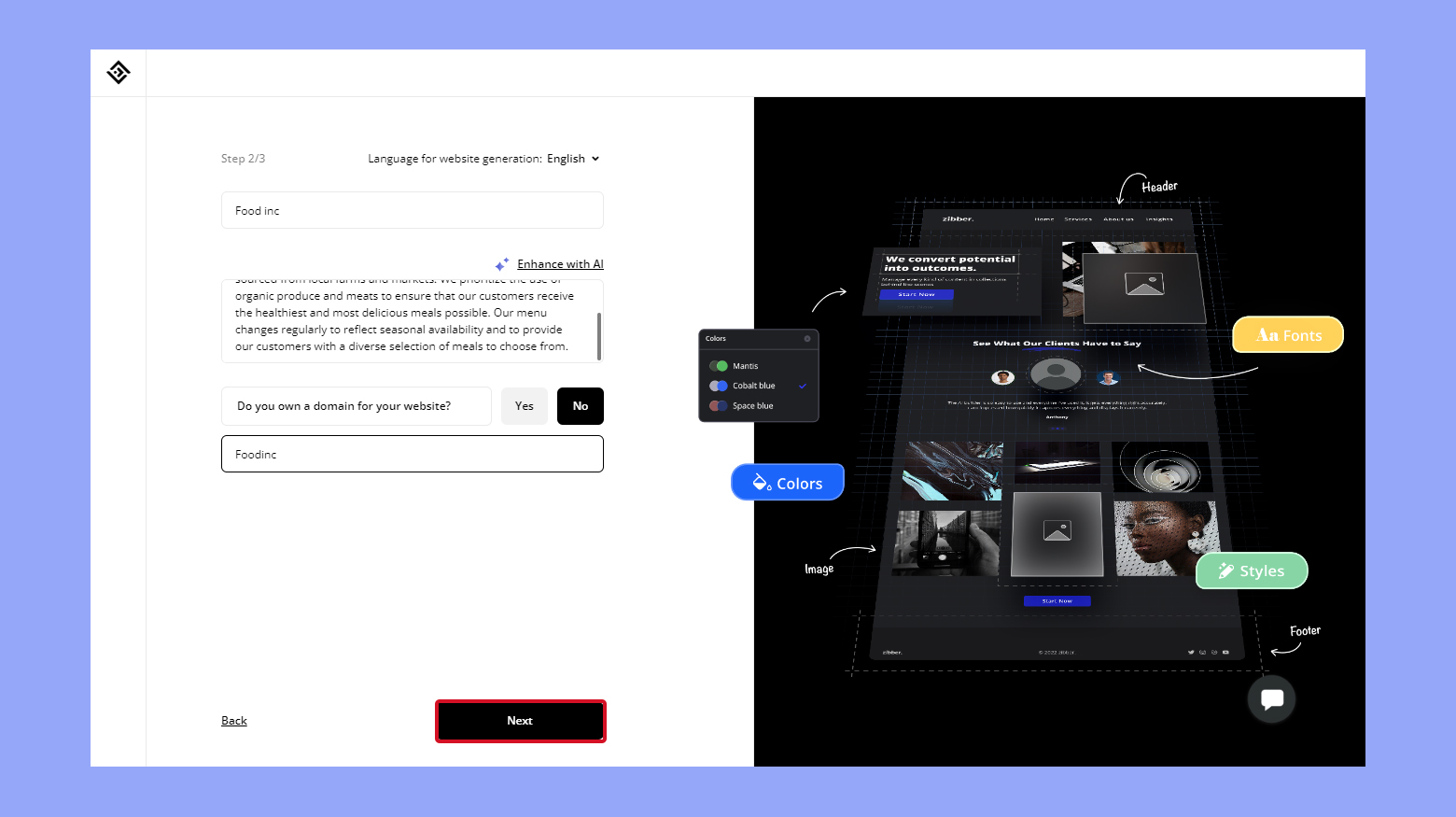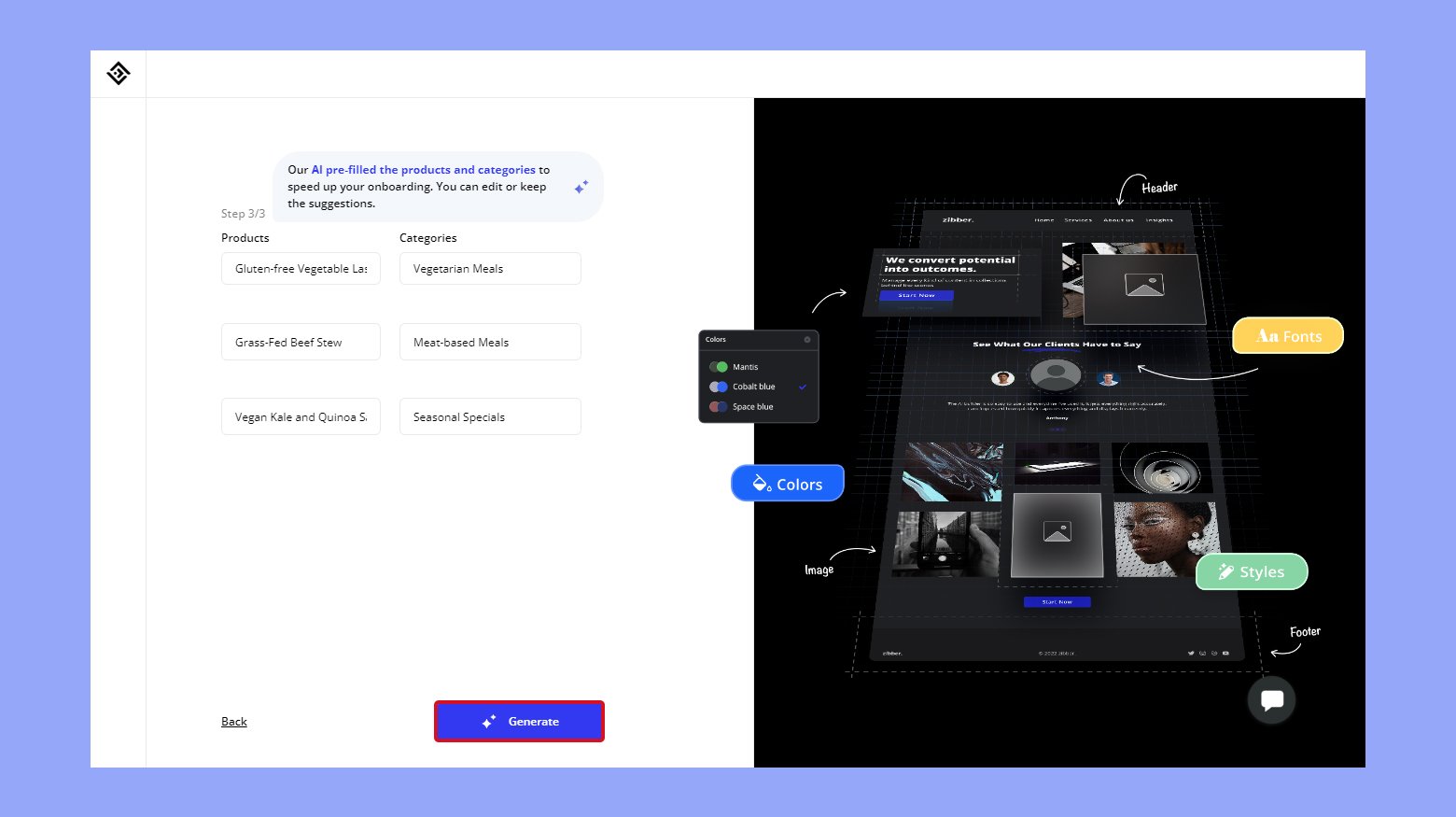Starting a meal prep business is an exciting venture that requires meticulous planning and strategic decisions to ensure success. This comprehensive guide will walk you through the essential steps, from crafting a solid business plan and selecting the right business structure to understanding the intricacies of the meal prep industry. By detailing the financial foundations, legal requirements, and operational logistics, this guide provides a roadmap to help you launch and grow a thriving meal prep business.
FAQ
Is a meal prep business profitable?
Yes, a meal prep business can be profitable. The profitability largely depends on factors such as the target market, pricing strategy, operational efficiency, and quality of the meals offered. With the increasing demand for healthy, convenient meal options, many consumers are willing to pay a premium for pre-prepared meals. To ensure profitability, it is important to manage costs effectively, maintain high standards of food quality, and implement effective marketing strategies to attract and retain customers.
How much does it cost to start a meal prep business?
The cost to start a meal prep business can vary widely based on several factors such as the scale of the business, location, and whether you are starting from home or renting a commercial kitchen. Here are some estimated costs:
- Initial setup costs: This includes kitchen equipment, packaging materials, licenses, and permits, which can range from $5,000 to $15,000.
- Operating costs: These include ingredient purchases, utilities, marketing, and labor. Monthly operating costs can range from $2,000 to $10,000 or more, depending on the scale of operations.
- Marketing costs: Initial marketing to attract customers might require an additional $1,000 to $5,000.
Starting a meal prep business from home can reduce initial costs significantly, especially in terms of kitchen rental and utilities.
Can I start a meal prep business from home?
Yes, you can start a meal prep business from home, provided you comply with local regulations and food safety standards. Here are some steps to follow:
- Research local regulations: Check with your local health department for requirements regarding home-based food businesses. This may include inspections, permits, and certifications.
- Setup a home kitchen: Ensure your kitchen meets health and safety standards, which might require investing in some additional equipment.
Obtain necessary permits: Secure any required licenses and permits for operating a food business from home. - Develop a business plan: Outline your business goals, target market, pricing strategy, and marketing plan.
- Start marketing: Use social media, local advertising, and word-of-mouth to promote your business and attract customers.
What do I need to sell meal prep?
To sell meal prep, you will need the following:
- Business plan: A clear business plan outlining your goals, target market, pricing, and marketing strategies.
- Licenses and permits: Obtain all necessary food handling permits and business licenses required by your local health department and government.
- Kitchen setup: A certified kitchen that meets health and safety standards, equipped with necessary cooking and packaging equipment.
- Supplies: Reliable sources for fresh ingredients, packaging materials, and labeling supplies.
- Menu development: A diverse menu that caters to your target audience, including nutritional information and meal options.
- Marketing strategy: Effective marketing strategies to attract and retain customers, including a website, social media presence, and local advertising.
- Delivery system: A reliable delivery system to ensure meals reach customers fresh and on time, whether through personal delivery, third-party services, or pickup options.

Looking to sell online?
Create your custom online store in minutes with 10Web AI Ecommerce Website Builder and take your business online.
Navigating the meal prep industry
To succeed, you must grasp the dynamics of the meal prep industry. Research current trends, such as the demand for healthy, convenient meals and dietary-specific options. Identify key players and their strategies by analyzing competitors and their pricing and customer offerings.
Understand your target market’s preferences and needs. Are they fitness enthusiasts, busy professionals, or families needing quick meal solutions? Customize your offerings to stand out within this competitive industry. Investing in technology for online ordering and delivery tracking can significantly enhance customer experience and operational efficiency. By staying informed about the industry trends and continuously adapting, your meal prep business can prosper and grow.
Stage 1: Setting the foundation for your meal prep business
Setting the foundation for your meal prep business is essential for long-term success. This involves crafting a solid business plan, selecting the right structure, and understanding the industry.
Step 1:Write your business plan
Creating a business plan is the first step in launching your meal prep business. Begin with an executive summary that outlines your business idea, target market, and unique selling points. Conduct market research to understand your competitors, customer preferences, and pricing strategies.
Detail your business model, how you’ll source ingredients, prepare meals, and handle logistics. Clearly define your financial projections, including startup costs, revenue estimates, and profitability timelines. Use tables to organize data, making your plan easy to read and understand. A well-crafted business plan acts as a roadmap and helps attract potential investors or secure loans.
Establishing a solid financial foundation is key to starting a successful meal prep business. You’ll need to secure funding, manage finances, and set pricing strategies that ensure profitability.
Step 2: Choosing your business structure
Establishing a solid financial foundation is key to starting a successful meal prep business. You’ll need to secure funding, manage finances, and set pricing strategies that ensure profitability.
Selecting the right business structure is crucial for legal and financial reasons. You have several options:
- Sole Proprietorship: Simple to set up and offers complete control but comes with personal liability.
- Partnership: Good for businesses with two or more owners, sharing profits, losses, and responsibilities.
- LLC (Limited Liability Company): Provides liability protection without complicated structures. It’s a flexible option for small businesses.
- Corporation: Best for larger businesses planning to raise capital through stock. It includes strict regulations and potential tax advantages.
Each structure has its pros and cons, so consult with legal or business experts to determine which is best for your meal prep business. This decision impacts your taxes, daily operations, and personal liability.
Step 3: Securing funding and managing finances
Secure funding: Begin by identifying your startup costs. This may include kitchen equipment, ingredients, licenses, and marketing expenses. You can seek funding through personal savings, small-business loans, or business credit cards. Applying for an EIN (Employer Identification Number) is essential for tax purposes.
Register your business: Consider registering your business name. You might choose a DBA (Doing Business As) if your business name differs from your personal name. Opening a business bank account is crucial to separate personal and business finances.
Create a financial plan: Draft a detailed financial plan that includes costs, projected revenues, and profit margins. Track your income and expenses through accounting software to ensure you stay profitable.
Step 4: Setting pricing strategies
Determine costs: Calculate all costs involved in preparing and delivering each meal. This includes ingredients, labor, packaging, and delivery fees. Add these up to find your base cost.
Research competitors: Look at the pricing of similar meal prep businesses in your area. This helps you understand the market and set competitive prices.
Set prices: Balance affordability for customers with maintaining a healthy profit margin. For example, if your base cost per meal is $5, and you aim for a 50% profit margin, price the meal at $10.
Monitor and adjust: Continually review your pricing strategy. Adjust where necessary to cover any rising costs or changes in the market. A flexible approach ensures long-term sustainability and growth.

Looking to sell online?
Create your custom online store in minutes with 10Web AI Ecommerce Website Builder and take your business online.
Step 5: Acquiring necessary licenses and permits
Starting a meal prep business requires careful attention to legal matters and insurance. You need to secure the right licenses and permits and choose suitable business insurance to protect your venture.
To operate legally, you need several licenses and permits. First, obtain a business license from your local government. This license allows you to operate legally within your area.
Next, secure health department permits. Since you’re handling food, authorities must inspect and approve your space to ensure it meets safety standards. Ensure your kitchen complies with local health codes.
Zoning permits may also be necessary. Check local laws to verify that your location is zoned for a food business. If you’re working from home, confirm that home-based businesses are allowed in your area.
Don’t forget to obtain an Employer Identification Number (EIN) from the IRS. This number is essential for tax purposes and hiring employees.
Step 6: Choosing the right business insurance
Choosing the right insurance protects your business from unexpected risks. Start with general liability insurance. This covers accidents, injuries, and claims of negligence that could arise during your business operations.
Consider product liability insurance to protect against claims related to the food you prepare. If a customer becomes ill, this insurance helps cover legal costs and settlements.
Commercial property insurance is also vital. It covers damage or loss of equipment, supplies, and your workspace due to events like fire, theft, or natural disasters.
Lastly, if you have employees, purchase workers’ compensation insurance. This covers medical expenses and lost wages if an employee gets injured on the job.
Fluctuating insurance costs based on coverage and provider, compare different plans to find the best fit for your business.
Stage 2: Setting up your kitchen
Setting up your kitchen for a meal prep business involves finding a suitable commercial space and ensuring you have quality ingredients and practical packaging ready.
Step 1: Finding and equipping a commercial kitchen
First, you need to find a commercial kitchen that suits your needs. Many cities offer shared commercial kitchens, which can be a cost-effective option. Make sure the kitchen complies with local health regulations and has adequate space for your operations.
Key equipment to consider
- Ovens and stoves: Essential for cooking your meals.
- Refrigerators and freezers: Keep your ingredients and prepared meals fresh.
- Prep tables: Provide ample space for meal preparation and assembly.
- Storage: Shelves and cabinets for storing ingredients and supplies.
- Utilities: Ensure the kitchen has reliable water, gas, and electricity supplies.
Invest in high-quality equipment that can withstand frequent use. Don’t forget to have safety gear like fire extinguishers and first aid kits.
Step 2: Sourcing ingredients and packaging
Sourcing fresh, high-quality ingredients is crucial for your meal prep business. Build relationships with local suppliers or farmers to get the best produce, meats, and more at reasonable prices. Research and establish a consistent supply chain to avoid running out of key items.
Key points for sourcing:
- Quality: Always choose fresh and high-grade ingredients.
- Cost: Balance quality with cost-efficiency to maintain profitability.
- Reliability: Select suppliers who are dependable and can deliver on time.
When it comes to packaging, choose materials that keep food fresh and are easy for customers to use. Consider eco-friendly packaging to appeal to environmentally conscious clients. You’ll need boxes, containers, and labels for every meal, and don’t forget packing materials if you plan to ship meals.
By equipping your kitchen properly and sourcing the best ingredients and packaging, you’ll lay a solid foundation for your meal prep business.
Step 3: Developing a diverse and appealing menu
To create a successful meal prep business, you need a diverse menu that caters to various tastes and dietary needs. Customizing your meals to fit specific dietary restrictions will help you reach a wider audience.
Start by brainstorming different meal ideas that can appeal to a range of customers. Think about including various cuisines, such as Italian, Mexican, or Asian.
Offer a mix of breakfast, lunch, and dinner options, as well as snacks and desserts. This variety will keep your customers interested and coming back for more.
Make sure to balance your menu with healthy meals that include vegetables, lean proteins, and whole grains. It’s important to rotate your menu regularly to keep it exciting.
Here are some tips:
- Research popular meal prep trends.
- Include seasonal ingredients.
- Offer portion control options, like regular and large sizes.
Step 4: Customizing meals for dietary restrictions
Many customers have specific dietary needs, so offering customizable meals is a great way to attract them. Common dietary restrictions include vegetarian, vegan, gluten-free, and low-carb.
Creating a system for customization:
- Use checkboxes or dropdown menus on your order forms.
- Allow substitutions such as swapping brown rice for quinoa.
- Label meals clearly with icons or tags (e.g., “gluten-free”, “dairy-free”).
Here’s an example of a customizable meal kit:
| Meal Kit | Customization Options |
| Chicken Stir-Fry | Swap chicken for tofu, gluten-free sauce |
| Spaghetti Bolognese | Zoodles instead of pasta, dairy-free cheese |
| Greek Salad | No olives, extra feta, vegan dressing |
Offering this flexibility will help you meet various dietary needs and keep your customers happy.

Looking to sell online?
Create your custom online store in minutes with 10Web AI Ecommerce Website Builder and take your business online.
Stage 3: Developing and marketing your brand
Building a strong brand helps your meal prep business stand out in a crowded market. This involves creating a unique selling proposition (USP) and choosing a memorable business name and logo.
Step 1: Creating a website for your meal prep business
Creating a website for your meal prep business is an important step in reaching and engaging with your customers. A well-designed website serves as your online storefront, showcasing your meals, services and brand. It provides a platform for customers to browse menus, place orders, and learn more about your business.
10Web provides an all in one platform for building your website in minutes using the AI Website Builder.
To get started:
- Go to 10Web.io
- Click on Generate your website

- From the options, choose Create a new website with AI

- Choose to create an informational website or an ecommerce site then click Next

- Select your business type

- Fill in the name of your business and a short description. You can enhance the description using AI.
- Choose Yes to get a domain or click No if you have one already
- Enter your domain name if you have chosen No (optional).
- Click Next

- Set the 3 main features, benefits, services offered by your business
- Click Generate to create your website

Tips for setting up online sales and distribution
To maximize sales, use varied sales channels. Build a user-friendly website where customers can order meals easily, and consider your presence on social media platforms.
- Ensure an easy-to-navigate website with clear categories for meal options.
- Secure payment systems: Add trusted payment methods like credit cards and PayPal.
- Mobile app options: Consider developing a mobile app for quick orders.
For local distribution, partner with gyms, fitness centers, or local eateries to offer your meal kits. Setting up kiosks at farmers’ markets or local events can increase visibility. Offer subscriptions to encourage repeat business. Use special promotions and loyalty programs to retain customers.

Looking to sell online?
Create your custom online store in minutes with 10Web AI Ecommerce Website Builder and take your business online.
Step 2: Creating a unique selling proposition
A unique selling proposition (USP) is what sets your business apart from others. Think about what makes your meal prep service special. Do you offer organic ingredients, special diet plans, or locally sourced produce? Highlight these strengths.
- Identify customer needs: Understand what your target audience values. Conduct surveys or research trends in meal prep services.
- Analyze your competition: Look at what other meal prep businesses are offering. Identify gaps in their services that you can fill.
- Emphasize your strengths: Make a list of what you do best. This could be anything from speedy delivery to customized meal plans.
- Craft a clear message: Write a short, compelling statement that communicates your USP. This should be easy to remember and repeatable.
Step 3:Choosing a memorable business name and logo
- A memorable business name and logo are essential for branding. They should be easy to recall and visually appealing.
- Brainstorm ideas: Gather a list of potential names. Aim for names that are short, unique, and relevant to your services.
- Check availability: Ensure the name you choose isn’t already taken. Check domain name availability and social media handles.
- Design a logo: Your logo should be simple and represent your brand. Use colors and fonts that align with your business identity.
- Get feedback: Share your business name and logo ideas with friends or potential customers. Their feedback can help you make the best choice.
Step 4: Crafting an effective marketing strategy
To successfully market your meal prep business, it’s essential to craft a solid strategy and leverage various marketing channels. Focusing on your target audience and ensuring a strong online presence will help you gain traction.
Begin by identifying your target market. Millennials and health-conscious individuals are usually interested in meal prep services. Conduct surveys to understand their preferences and dietary needs.
Next, set clear marketing goals. Whether it’s increasing brand awareness, driving online sales, or retaining customers, having defined objectives will guide your efforts.
Create high-quality content that highlights the benefits of your meal prep services, such as convenience and healthy eating. Include testimonials and success stories to build trust.
Track your progress with tools like Google Analytics. Regularly review your marketing efforts to identify what works and adjust your strategy accordingly.
Step 5: Leveraging online and offline marketing channels
Online Marketing: Use Instagram, Facebook, Pinterest, and Twitter to share high-quality photos of your meals, behind-the-scenes content, customer testimonials, and special promotions. Engage with your audience through interactive content like Stories, Reels, Live sessions, and targeted ads.
Social Media: Use platforms like Instagram, Facebook, and Pinterest to showcase high-quality photos of your meals. Engage with your audience by responding to comments and messages.
Email Marketing: Offer a newsletter with healthy eating tips, special promotions, and updates. Use a catchy subject line to increase open rates.
E-commerce Website: Ensure your website is user-friendly and mobile-responsive. Include an easy-to-navigate menu, clear pricing, and a simple checkout process.
Offline Marketing: Distribute eye-catching flyers in local gyms, health food stores, and community centers, highlighting unique selling points and offering discount codes for first-time orders. Showcase your meals at local farmers’ markets, health fairs, and community events. Offer free samples and promotional materials to attract new customers.
Utilize both online and offline channels to reach a broader audience and build a solid customer base for your meal prep business.
Step 6: Establishing a reliable delivery system
Efficient delivery and versatile sales channels are crucial for a successful meal prep business. Establish a dependable system to deliver meals on time and explore multiple ways of reaching customers.
A reliable delivery system ensures that your meals reach customers fresh and on time. Start by choosing between in-house delivery or partnering with third-party services like DoorDash or UberEats. In-house delivery gives you more control but can be more expensive initially due to vehicle and staffing costs.
Here are some steps to establish your delivery system:
- Choose your delivery method: Decide if you will use in-house deliveries, third-party services, or a mix.
- Plan routes and schedules: Ensure efficient routes and consistent schedules for timely delivery.
- Packaging: Invest in high-quality, insulated packaging to keep meals fresh.
- Training: Train your delivery staff on food safety and customer service.
A well-organized logistics plan helps in managing delivery schedules and handling unexpected delays. Using routing software can optimize delivery routes, reducing time and fuel costs.
Hiring and management
To run a successful meal prep business, you’ll need to hire the right team and cultivate a strong work culture. This involves finding skilled employees and setting the tone for a positive and productive workplace.
Step 1: Building a competent team of employees
Your employees are the backbone of your meal prep business. Start by identifying the roles you need to fill. Key positions include chefs, delivery drivers, and administrative staff. Use job boards and local culinary schools to find candidates.
When hiring, consider experience, skills, and how well each candidate fits with your company’s values. Offer competitive salaries to attract top talent. Be clear about job expectations and provide thorough training to ensure high standards.
Keep an eye on employee performance and offer regular feedback. Recognize achievements and address issues promptly to maintain a motivated team.
Step 2: Cultivating leadership and work culture
As a business owner, you play a key role in shaping the work culture. Lead by example and show dedication to your business values. Communicate openly with your team and encourage feedback.
Foster a positive environment by promoting teamwork and respect. Celebrate successes and support employees during challenges. Providing opportunities for growth and development can help retain top talent.
Regular team-building activities can strengthen relationships and improve morale. Showing appreciation for hard work can go a long way in building loyalty and commitment among your employees.
Customer engagement and service
Effective customer engagement and excellent service are vital for any meal prep business. You’ll need to implement a customer feedback system and provide exceptional customer support to keep your customers satisfied and loyal.
Step 1: Implementing a customer feedback system
Gathering feedback helps you improve your service and address customer needs. Start by creating easy ways for customers to share their thoughts. Use online surveys, feedback forms, and review platforms.
Incorporate questions about food quality, delivery timing, and overall satisfaction. Offer incentives like discounts for completing surveys. Respond to feedback promptly, showing customers you value their input and are willing to make necessary changes.
Make the feedback process part of your business routine. Regularly analyze the data to spot trends and make improvements. Keep the system simple and convenient, so you receive honest and actionable feedback.
Step 2: Providing exceptional customer support
Excellent customer support builds trust and strengthens your relationship with customers. Begin by setting up multiple support channels like phone, email, and live chat. Ensure your support is friendly, timely, and solution-focused.
Train your team to handle common queries about meal ingredients, delivery schedules, and order customization. Use an FAQ section on your website to help customers find quick answers. Personalize your interactions by addressing customers by name and keeping track of their preferences.
Track customer service performance through metrics like response time and resolution rate. Continuously improve your support based on customer feedback. Prioritize satisfying every customer to encourage loyalty and positive word-of-mouth for your meal prep business.
Staying ahead of the curve
To thrive in the meal prep business, it is crucial to keep an eye on the competition and continuously innovate. You should always be looking for new ways to improve and expand your services to stay ahead.
Step 1: Analyzing competition and market trends
It is important to know who your competitors are and what they are doing. Look at companies like Blue Apron and HelloFresh to understand their strategies. Analyzing their pricing, marketing tactics, and customer reviews can offer valuable insights.
Market trends can greatly affect your business. Keep track of rising demands, such as healthy eating or plant-based meals. This helps in adapting your offerings to meet what customers want right now.
Competitive analysis is another essential tool. Check how your competitors cater to various segments like busy professionals or fitness enthusiasts. Understanding these can help tailor your services and set you apart from the rest.
Step 2: Innovating and expanding your services
Innovation is key to staying relevant. Consider offering flexible subscription plans or introducing eco-friendly packaging. These small changes can have a big impact on customer satisfaction.
Expanding your services can also keep you ahead. Think about adding catering for events or partnering with local gyms for exclusive meal plans. Offering unique options like ready-to-eat healthy snacks can further differentiate you from fast food and frozen meal options.
Another way to innovate is by leveraging technology. Develop an intuitive app with features like meal customization and easy order tracking. This can create a seamless experience for your customers, setting your meal prep service apart from others.
Conclusion
Starting a meal prep business involves detailed planning, from crafting a business plan and choosing the right structure to understanding industry trends. Establishing financial foundations, acquiring necessary licenses, and setting up a well-equipped kitchen are essential steps. Designing a diverse menu, developing a strong brand, and effective marketing attract and retain customers. Reliable delivery logistics and multiple sales channels enhance accessibility. Building a competent team and fostering a positive work culture ensure smooth operations. Engaging with customers and staying ahead of trends help maintain competitiveness. By following these steps, you can establish a successful meal prep business that meets customer needs.



